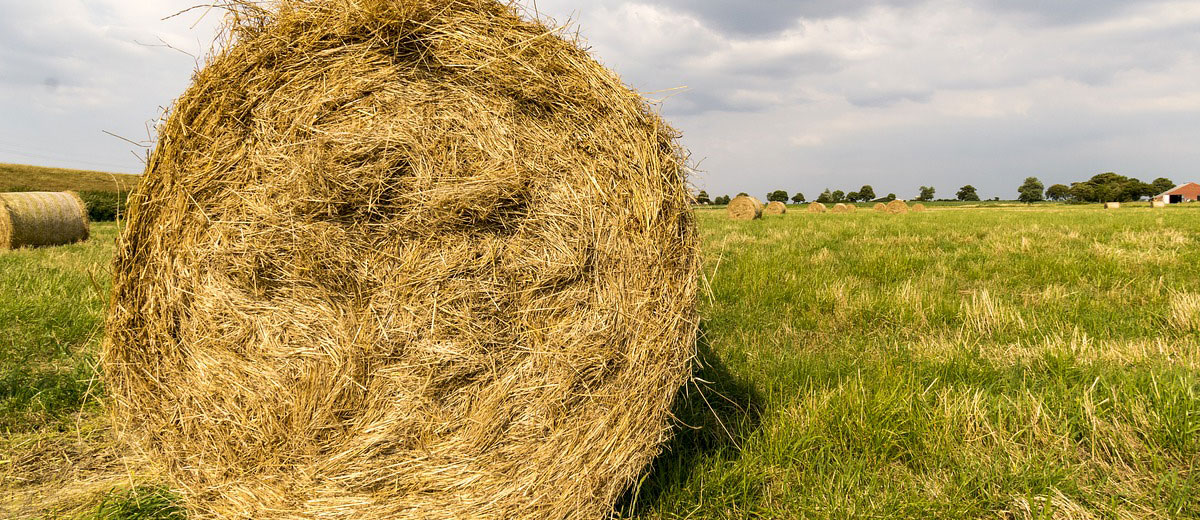
How Did Your Forage Establish?
By Al Foster, PAg, Range Management Specialist, Tisdale
Fall is a good time to check the establishment of new forages that have been planted with a companion crop. Once companion crops have been harvested or cut for green feed, it is much easier to assess how the underseeded forage crops have developed.
Plant counts are the most common method of assessing forage establishment success. However, there is no hard and fast rule for the number of plants that are necessary to give a productive stand. In the parklands, the suggested number of forage plants for a productive stand of a grass legume mixture, should be between six to 10 plants per square foot in the year of seeding.
These numbers are quite a bit lower than the seeding rate alone would predict. A seeding rate of nine pounds per acre of meadow brome grass would result in about 16 seeds in a square foot being sown. Four pounds per acre of timothy results in about 110 seeds per square foot. Alfalfa seeded at seven pounds per acre would result in about 32 seeds per square foot. Generally, the larger the seed the greater the opportunity for survival.
Some stands that are thin in the seedling year can still result in a productive stand. A thin stand of alfalfa will produce larger plants and, as a result, short-term production may be as good as a stand with higher plant density. For example, stands for seed production are seeded at lower rates to promote good seed production. Seeding rates are often one-third to one-half the recommended seeding rates for pasture or hay and these stands appear very productive. However, forage seed fields that are well managed to maintain weeds, fertility and pests aid in producing productive stands at lower seeding rates. This is not often the case for hay and pasture fields.
Another consideration in assessing this year’s forage establishment, is the type of forage plants sown. Some grasses and legumes can creep and fill in thin spots over time, making plant counts less important. In the year after seeding, weed control and some fertilizer may be necessary to help speed the thickening of these types of forages.
In years of poor establishment conditions, uniformity of the stand is often of greater concern than plant counts. Some areas of a field will establish better than others. Small areas of poorly established forage can be reseeded. If large areas of the field are bare or very thin, then a decision will have to be made to either start over or drill more seed into the existing stand. If more seed is being added to the existing stand to thicken the stand, it is important to incorporate that seed early next spring.
Inspect this year’s forage seeding carefully again next spring. Remember forage crops establish slowly compared to annual crops. Be patient. Do not write off the forage establishment as a failure too early.
For the latest information and for more updates on everything Kindersley ‘Like’ the Kindersley Social Facebook page below…








































